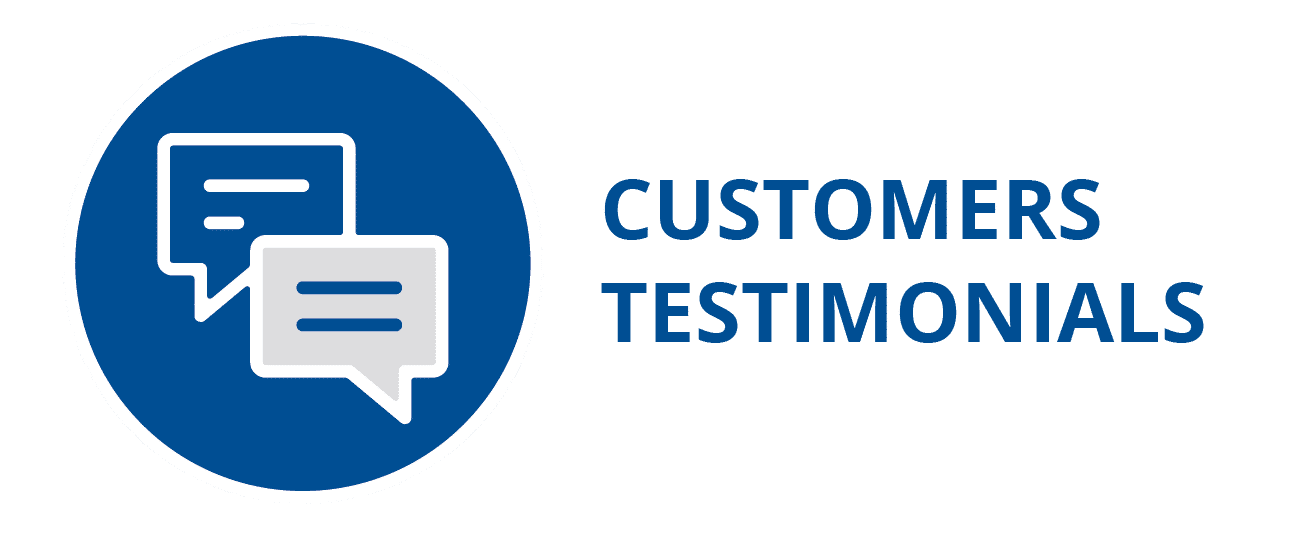3 Tips to Get the Most Out of Your UV System
UV technology within sanitary processing environments like food, beverage and dairy plants is an excellent option for non-chemical disinfection, ozone destruction, TOC reduction and UV dechlorination.
By incorporating UV, processors benefit from reduced energy consumption, minimized operating expenses and increased production efficiency. While UV technology boasts many benefits for sanitary processors, proper utilization is a must for maximizing this equipment to it’s full potential. Here’s three tips to get the most out of your UV system.
1. Minimize on/off cycling of the UV system
The more you turn a UV system on and off, the shorter the lamp life gets. This results in increased consumable costs and increased downtime frequency.
To negate increased consumables and downtime, first check your UV system to see if it utilizes low pressure or medium pressure technology. If it utilizes low pressure, the system may be able to withstand several hours of no flow conditions without overheating. Check manufacturer’s specifications, but If you can leave the system on during intermittent conditions during production, you may be able save thousands of dollars annually in consumable costs.
If you are unsure of how long you can leave the system on before it overheats, check to see if an external temperature sensor can be mounted on the UV vessel. Monitor the temperature to precisely understand when the UV system needs to be shut off. Another option to consider to help minimize on/off cycling is to add a timer that shuts the UV system off after a certain amount of downtime.
2. Ensure the UV system properly ties into the process
UV systems do not ramp up to full power immediately on start-up. For each system type and various technology there will be a certain amount of time required for the unit to warm-up to full intensity and a certain amount of time for it to cool-down.
Are you starting flow through the UV system as soon as you turn it on? If so, there will be undertreated water during start-up (perhaps for several minutes) until the system gets to full power. Most systems have a “ready” signal that can be captured to ensure the unit is at full intensity and ready for flow. Ensure you tie that signal into your process to reduce the risk of contamination during the first few minutes of production.
3. Monitor the UV system’s dose to determine when to change out the lamps
UV systems are often monitored based on either low UV dose, low UV intensity, or run time hours. Monitoring a UV system based on dose is the most accurate measurement. This will ensure that you are maximizing lamp life, reducing consumable and downtime costs. This method also ensures that you are monitoring the system based on a performance metric that is more easily tied to the log reduction of organisms that you are targeting.
In the case that there is no dose output on your UV system, monitor on intensity instead of lamp hours instead. This will give you a direct measurement of the lamp output which should correlate to a stated system performance by the manufacturer (potentially reducing consumable costs by not prematurely changing lamps based on “hours run”). Ensure the intensity monitor on the UV system has been calibrated and is working properly.
Making these small changes could reduce system downtime, ensure proper disinfection, and reduce consumable costs by half! For more information on UV technology within sanitary processing environments like food, beverage and dairy plants and to learn more about non-chemical disinfection, ozone destruction, TOC reduction and UV dechlorination contact a Rodem rep today.
Thank you to Brian Grochowski from Aquionics for writing this blog post for Rodem. To see Learn more about Aquionics here.


